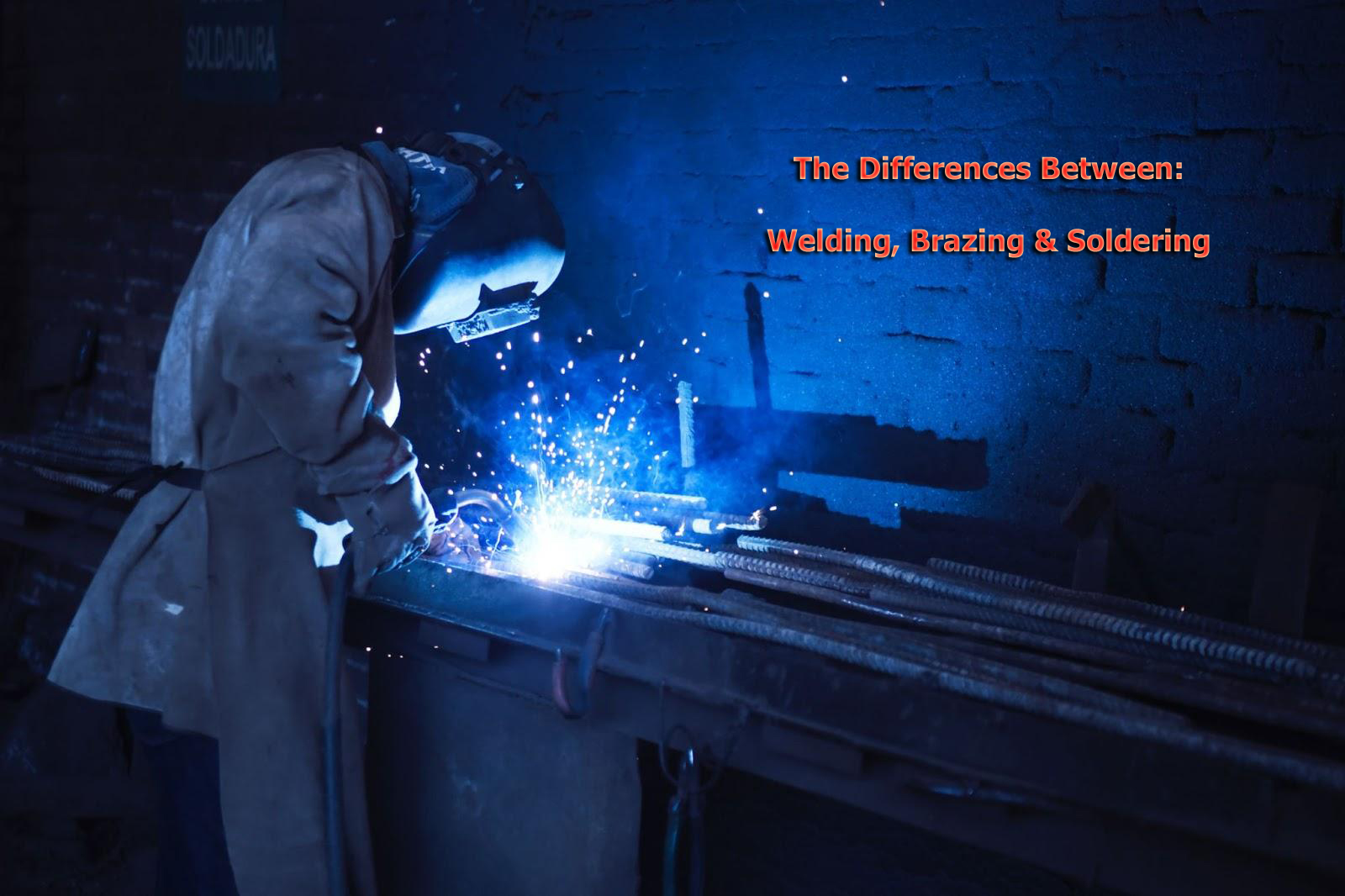
Brazing Welding and Soldering
Brazing, welding, and soldering are three methods of joining metals together. The average person often uses these terms interchangeably, and for good reason – each process involves the use of heat to melt metals. In the construction industry, each process is regularly used and considered a fundamental component of commercial operations. However, there are important differences to consider when evaluating which method to use for a particular project. Each project calls for a specific method, usually depending on the temperatures involved.
The primary difference between the processes are the temperatures at which a non-ferrous filler metal is used with respect to the metal joinder. For brazing, the joining of metal pieces is aided by non-ferrous filler metal more than 450°C/842°F. Soldering requires the assistive metal to be less than 842°F. Depending on the project, one process may not be more
appropriate than another. For instance, different methods of brazing are implemented to increase temperatures and control high-frequency induction, including torch brazing, induction
brazing, and resistance brazing.
In addition to the temperature, each method has its own benefits and setbacks. Brazing is simple and cost-effective. Today’s construction sites involve a wide variety of metals, objects, and tools. Failing to adhere to the various laws and codes that apply to each project could leave project managers and contractors open to civil liability. Brazing is a possible choice, as it requires a high temperature to be effective; the higher the melting point of the alloy, the stronger the joint will be. Brazing easily connects various metals, and is also more aesthetically pleasing to the eye. This is because the process creates fewer stresses in the metals used. An unsightly joinder has the potential to completely ruin an entire project.
While soldering is clearly the “cooler” of the processes, the filler metals are weaker, being made mostly from tin and lead. As a result of the materials used and temperature involved, the
soldering technique results in an overall weaker end result.
In contrast, welding is another process that most closely resembles soldering, except that the intention is to also melt the base metal. There are various forms of welding, including gas
welding, arc welding, and laser welding. Welding is appropriate for certain types of artwork, thermoplastics, automotive projects, and even some aerospace uses. Unlike welding, brazing
does not involve melting the work pieces. Overall, welding is beneficial in that the bond it creates is a durable one with a flawless seam. The melting point is considered superior to
brazing, and the process – having been used for so many years – has been efficient and effective.
Each technique has its own utility, depending upon a given situation. For soldering, the use involves careful attention to detail, rendering the method a popular use for computer
components, such as motherboards and circuits. While welding is reserved for much larger projects, including aerospace, transportation, energy, and construction, brazing is best used
when joining two metals of different size, weight, or other apparent identifying features.
Despite the obvious difference in temperature, the differences between these techniques are intricate. Though there are differences in utility, in the end, the processes elicit similar products.
